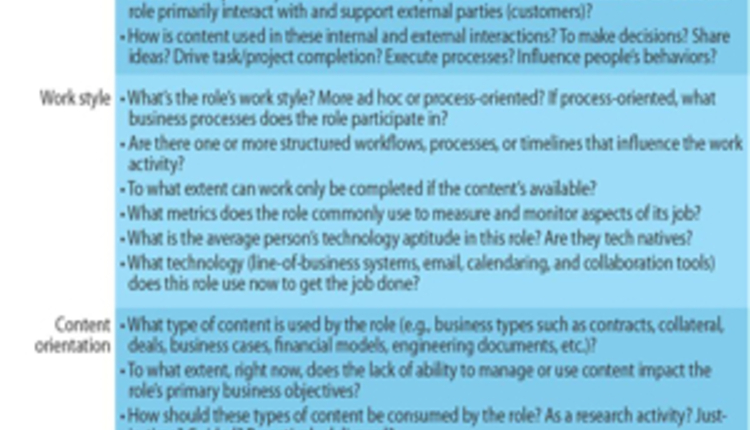A business process - at its highest level - is any activity that helps an enterprise achieves its goals. Packaged and industry-specific applications form the transactional backbone for most critical business processes in enterprises and small/medium-sized businesses (SMBs); however, these are only part of the story.
Enterprises need many other processes to meet their goals, and often, some of those not tackled through packaged apps get approached in tactically haphazard ways. Over time, these processes become laden and bloated with non-value-added activity. In short, they become untamed. The results are not surprising. Weak architectural approaches spawn niche products and the use of various business intelligence (BI), business process management (BPM), business rules, collaboration and enterprise content management (ECM) tools that are applied like bandaids and work chaotically to make untamed processes more efficient.
Untamed processes form to fill gaps among the primary end-to-end business processes and as bridges between departmental process silos. They can be created by integration holes that create dangling activities (large companies in particular feel the effects of this, brought on by complex enterprise resource planning (ERP) systems), ownership ambiguity and/or responsibility that ends at department boundaries. In the latter instance, lack of endto- end process responsibility contributes to poor automation and excessive non-value-added activity.
Forrester believes Lean IT - the business and technology imperative for increasing value and reducing waste in the delivery of business processes and systems - is critical for addressing the needs of untamed business processes. Career success for business process professionals will depend, in part, on how well their organization tackles the untamed business process that supports their critical systems. Today, you can make untamed processes front and center by:
- Developing clear accountability for untamed business processes. Identify and inventory these processes. Make sure they have owners and aren't just a lot of work falling between the cracks because of manual and paper-intensive gaps and handoffs between functional groups.
- Identifying the highest-payback untamed processes. Develop portfolio management practices for these processes. Leverage emerging BPM center of excellence (COE) initiatives that standardize on frameworks and tools to analyze and document processes across the enterprise.
- Developing a reference architecture for untamed processes. Take inventory of agile technologies such as BI, BPM, collaboration and ECM. View them as shared services for tackling untamed processes.
- Focusing on the soft skills. Addressing untamed business processes involves much more than implementing a new set of technologies using a dynamic business apps mantra. The organization must also look at new skills to acquire or grow, including turning handpicked business analysts into process analysts, building a center of excellence and addressing change management issues.
Business process specialists should prepare to answer questions about untamed business processes, starting with how the business and IT are handling them today. Ask yourself and your organization, "What is the state of these processes?" and "How do these processes interact with packaged apps, and how do agile technologies like BPM and business rules fit in?" Uncover the answers now, and you'll be a step ahead when the limitations of packaged and industry apps are clearer and a new category of business processes emerge.
Craig Le Clair is a principal analyst at Forrester Research, where he serves Business Process & Applications professionals.











